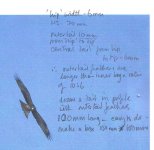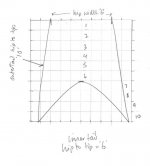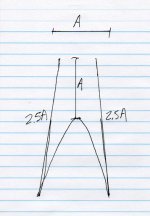Dimitris
Birdwatcher in Oz
In my books this a Black, possibly a young bird. Wings aren't long enough (they do appeared stretched to the limits) and have a diffuse window (ok maybe it's just the light...) and most important of all the tail: In Red it would show a fork regrdless of the hspe it is held in.
Cheers,
Dimitris
Cheers,
Dimitris








